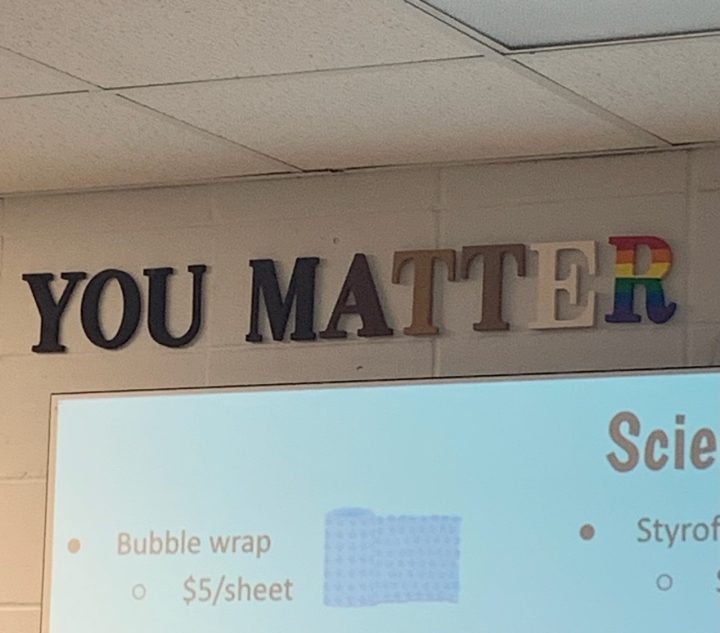
At the turn of October and November, we spent a week with a group from Turku Teacher Training School and Turku International School on a business trip in Minnesota, USA, at the invitation of our partner. Thank you, our host Sean Wachsmuth, who was a Fulbright Scholar during last academic year in our Faculty!
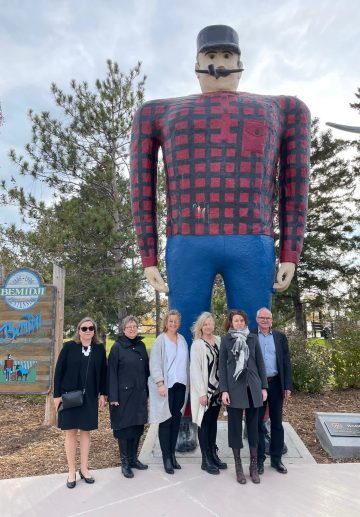
During our university visit, we met with the university and faculty administration of Bemidji State University, and we presented Finnish teacher education, the Faculty, the Turku Teacher Training School and the International School. The campus area was located in a scenic spot right by a lake.
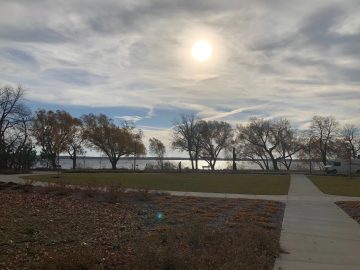
In addition to the university visit, we had a great opportunity to visit 9–13 American schools (the number of school units varies depending on the method of calculation). During the week, we traveled more than 1,200 kilometers across Minnesota, both in the countryside and in the suburbs. An absolutely fantastic opportunity to have a comprehensive — admittedly limited — vision of one state’s public schools, from preschool to high school, in a week!
Through the eyes of dedicated supporters of the Finnish school system, a few themes emerged from the school visits that we want to highlight. As such, the themes are neither new nor perhaps surprising. However, they are areas where we in Finland still have room for improvement. These lifts can be divided under three concepts: positivity, communality and inclusivity. Next, we will briefly tell you about each theme. Each theme is accompanied by a few photos that illustrate how the theme was reflected in school life.
Positivity
Encounters and interaction were at the core of the operating culture. This was already evident when the students enthusiastically welcomed the visitors. The schools’ principals’ interaction with the students was natural and warm. The undertone of the interaction was positive and positive feedback was used extensively. This was also visible on the walls of the school (photo 3). In their speech, teachers hardly used negative expressions or pointed out bad behavior. Classroom management was supported by nonverbal means. For example, the teacher waited quietly with their gaze on the floor until the class listened to the teacher. Relaxedness, humor and warmth were evident in the interaction of teachers with their class. Expectations had been expressed explicitly, even by visual means (photo 4). This was concretely seen and heard in behavior, such as moving in the hallway (photo 5). Moving down the corridor was very peaceful, even in large schools with thousands of students. The behavior was not based on strict discipline, but on the fact that the desired behavior was precisely defined, practiced since preschool and positive feedback was given for it.
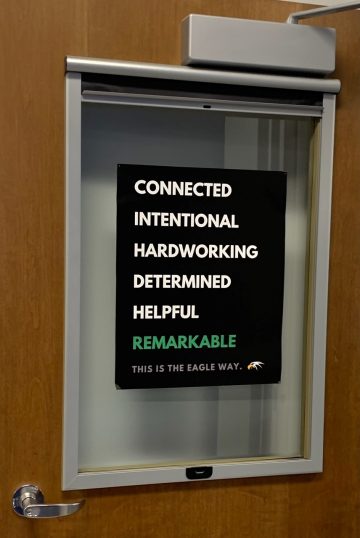
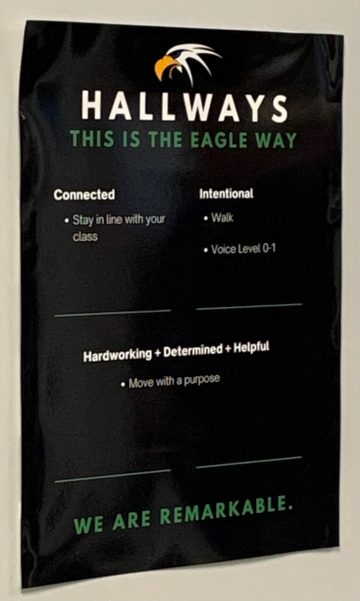
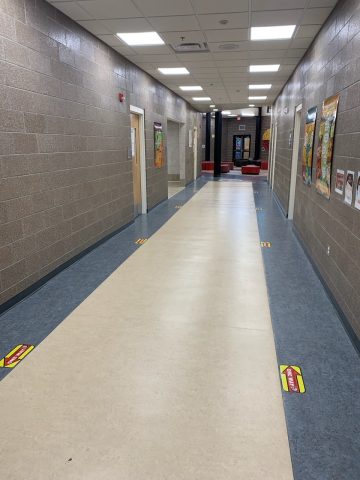
Communality
The school building looked like a village and the school as a team, especially a sports team. Schools have their own mascots (photo 6), such as Husky, Eagle, Lumberjack, signature colors, team shirts, and support songs. The sense of belonging came out strongly and was consciously supported. The values of the school were visually displayed (photo 7) and were also reflected in the activities. As one form of activity, older students act as mentors for younger students. The sense of community was realized not only at the school level, but also at the class level. In the classroom, group work was utilized extensively, for example, by offering students various problem-solving tasks. The premises and furniture supported working together (photo 8).
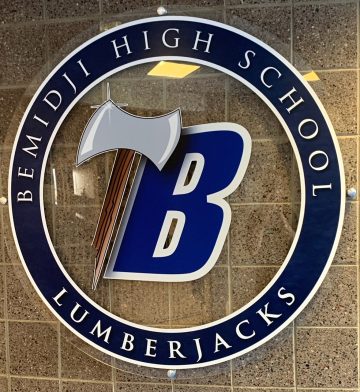
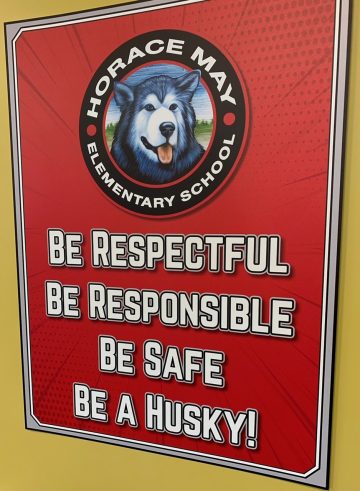
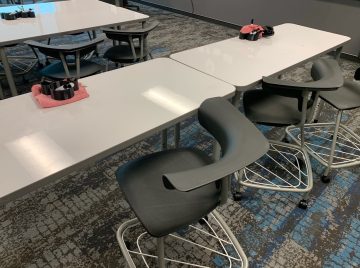
Inclusiveness
We were particularly impressed with the inclusive organization of special education. All pupils studied in the same school instead of special schools. The diversity was evident in the corridors of the schools. A wide variety of flexible groupings were used in schools. The main goal was that the student could be as much as possible in their own class and bring support there. Special education teachers and assistants abounded. They specialised in certain types of challenges (e.g. autism). The schools also had other multiprofessional experts, such as social workers and speech therapists. The schools had separate small group and calming rooms (photo 9). The interventions were research-based and students’ progress was closely monitored.
The integration of the boys into the school environment was natural. The strong role of physical education in schools contributed to this (photo 10). Being part of the school’s sports teams was ”cool.” The school appeared as a place that was also relevant for those students for whom academic competence was not at the top of the priority list. Recreational opportunities integrated into the school supported this goal. Non-traditional interests of girls were supported. For example, in the science class, the encouragement of girls was concretely visible (photo 11), and girls’ hockey teams, as well as weightlifters, were displayed in the same way as boys’ counterparts.
Attitudes towards gender and sexual minorities varied between schools. In one school, special attention had been paid to the belonging of these minorities (picture 12). In the same school, attention had also been paid to the position of linguistic minorities (photo 13). On the other hand, we also saw schools where the attitude was less permissive.
From the point of view of cultural diversity, a visit to a school in an indigenous reservation was particularly impressive. Already the school building was based on the Ojibwe tribe’s own culture (photo 14) and the same cultural understanding was reflected in the school’s activities. Respecting old tribal traditions and ancestral doctrines, for example, movement on school premises always took place clockwise. The school used the indigenous language alongside English. This school was definitely the highlight of our visit!
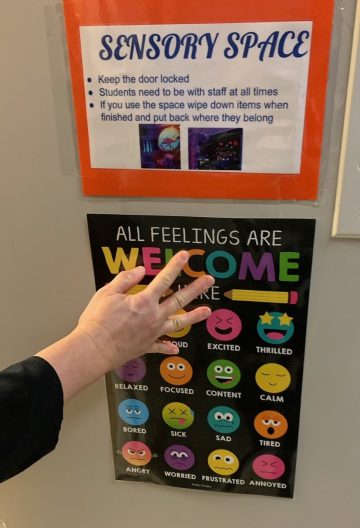
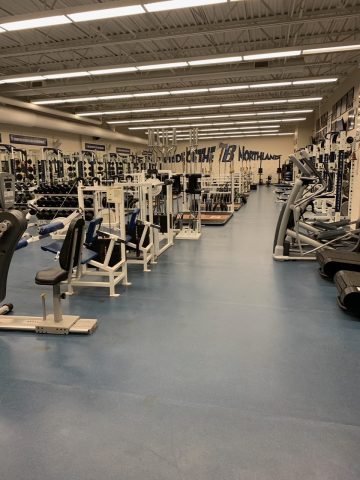
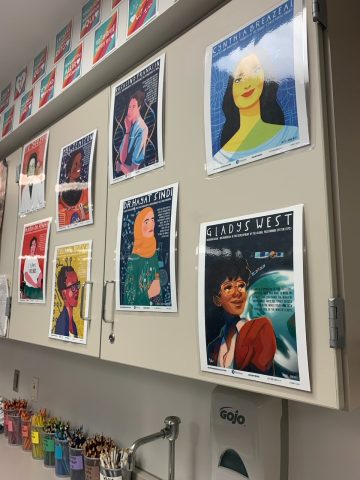
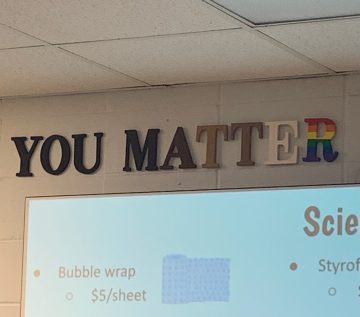
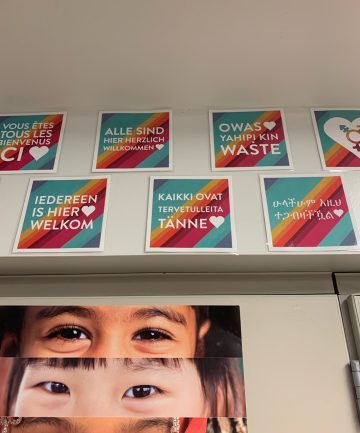
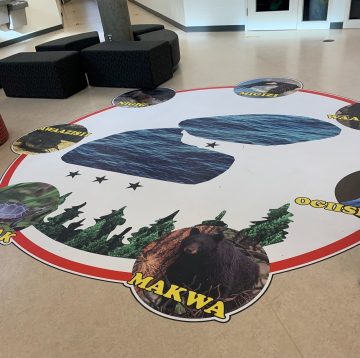
In addition to these three themes, other kinds of themes – for example, those in which the Finnish school system works well – could be raised based on the visits. So, the listing is selected.
Schools should always be seen as contextual, so as such, practices are rarely applicable from one country and culture to another. School resources are also very diverse. However, such a quick ”comparative study” can provide food for thought and inspiration for brainstorming from outside the box.
>> Read the article in Finnish
Anu Warinowski (Head of Faculty Development, Faculty of Education, University of Turku), Vesa Valkila (Rector, Teacher Training School, Turku), Mirjam Rasmus (Principal, Turku International School), Lisa Paavilainen (Special Education Teacher, Turku International School), Susan Jäntti (Special Education Teacher, Teacher Training School, Turku) & Salla Sissonen (English Second Language Teacher, Teacher Training School, Turku)